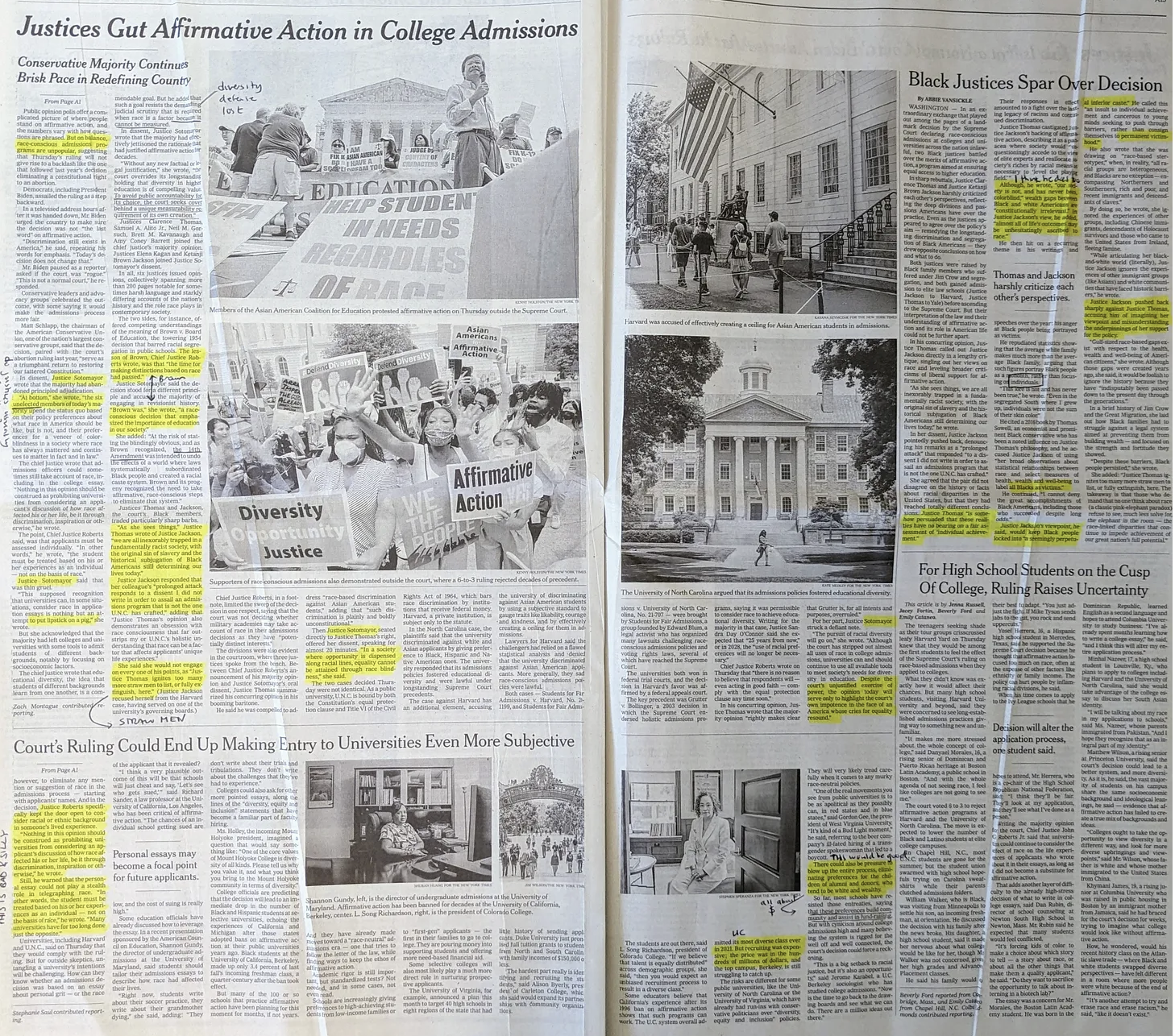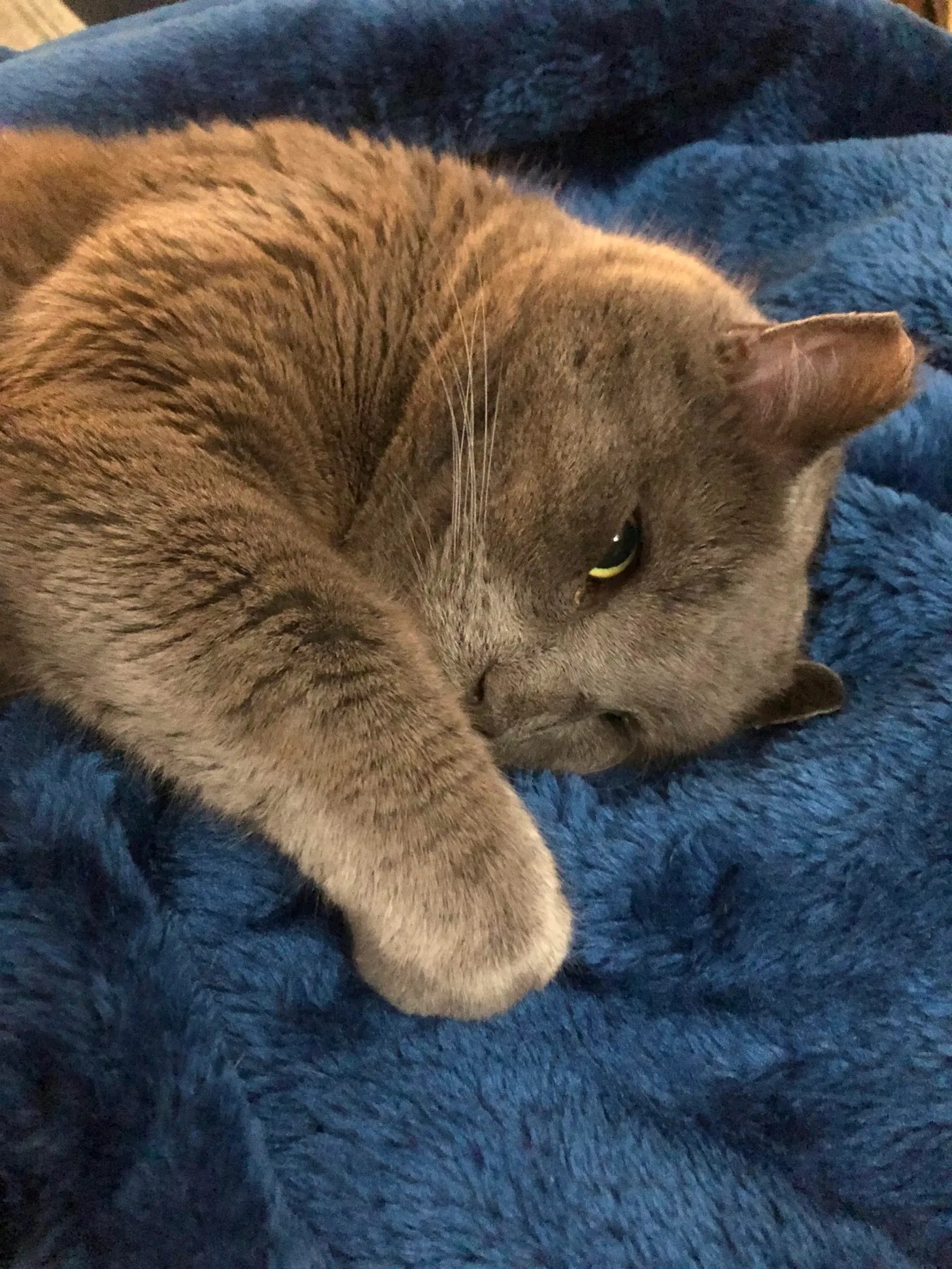3️⃣ Introducing two new events at Article Club. You’re invited.
For many of you, this weekly newsletter is enough. It’s exactly what you want. You’re happy with the articles, the blurbs, and the pet photos. Nothing else is needed.
But for many of you, you want to talk about the articles. You want to connect with other kind, thoughtful people. You want to find time and space to read more, and you’d like be part of a reading community. For all those reasons, I’m experimenting with two new gatherings at Article Club this summer that might interest you.
Quiet Reading Hour is a fun, comfy, informal space for us to read whatever we want to read. We did a soft launch last month, and it was a big hit. It’s exactly what it says it is: a dedicated space to read for pleasure. (No, you don’t have to read an article. Last time, most everyone read books.) The format is simple. The first five minutes, we say hi and share what we’re going to read. Then we go off video and audio and read for 50 uninterrupted minutes. We close the hour back together and share how it went. Easy peasy, plus plenty of peace and reading.
I’ve long been a fan of good people coming together to read as a community live in public. There’s something beautiful about it. I say let’s do it. If you’re nearby Oakland, we’ll meet at Lake Merritt, exact location TBD. You’ll bring your coffee or tea, and I’ll bring print copies of The New York Times, plus plenty of Arizmendi pastries. After saying hi, we’ll get into trios, get to know each other, share one newspaper among the three of us, read for about an hour, and then discuss what we’ve read at the end.
If you’re interested in either or both of these events, click on the button below and write me a one-sentence note saying, “I’m in!” It’ll be great to have you.
Let me know if you’re interested
4️⃣ What’s coming up in July
As we head into the ninth year of this thing, I’m going to take July to pause, reflect, and ask the big questions. I’ll still be sending out weekly issues on Thursdays, and you’ll still receive great articles to read. But the newsletter will be a little more experimental in nature, and I’d love to hear your thoughts. Some ideas I have include:
My favorite articles and podcast episodes of all time
An AI edition (where Chat GPT writes the blurbs, will anyone notice?)
The Article Club Enneagram: What’s your reading personality type?
10 ways to make the most of Article Club
The first-ever reader-curated issue (you interested?)
Got ideas? I’d love to hear from you. What would you like to see at Article Club? Let’s do this old-school style, with a good, old-fashioned voice message.
Leave me a voice message
Thank you for reading this week’s issue. Hope you liked it. 😀
To our 64 new subscribers, I hope you find the newsletter a solid addition to your email inbox. To our long-time subscribers (Lynn! Lynna! Lena!), you’re pretty great, too. Loyal reader David, thank you for sharing the newsletter and getting the word out.
If you like Article Club, please help it grow. I really appreciate your support. Here are two ways you can help out:
📬 Invite your friends to subscribe. Know someone who’s kind, thoughtful, and loves to read? I’d love it if you encouraged them to subscribe. Word of mouth is by far the best way to strengthen our reading community. Thank you for spreading the word.
Share The Highlighter Article Club
❤️ Become a paid subscriber, like Nellie, Tanya, and Christine (thank you!). You’ll join an esteemed group of readers who value Article Club. Plus you’ll gain access to our monthly discussions, our monthly quiet reading hours, and my personal audio letters from me to you. It’s $5 a month or $36 a year.
On the other hand, if you no longer want to receive this newsletter, please feel free to unsubscribe. See you next Thursday at 9:10 am PT.




















